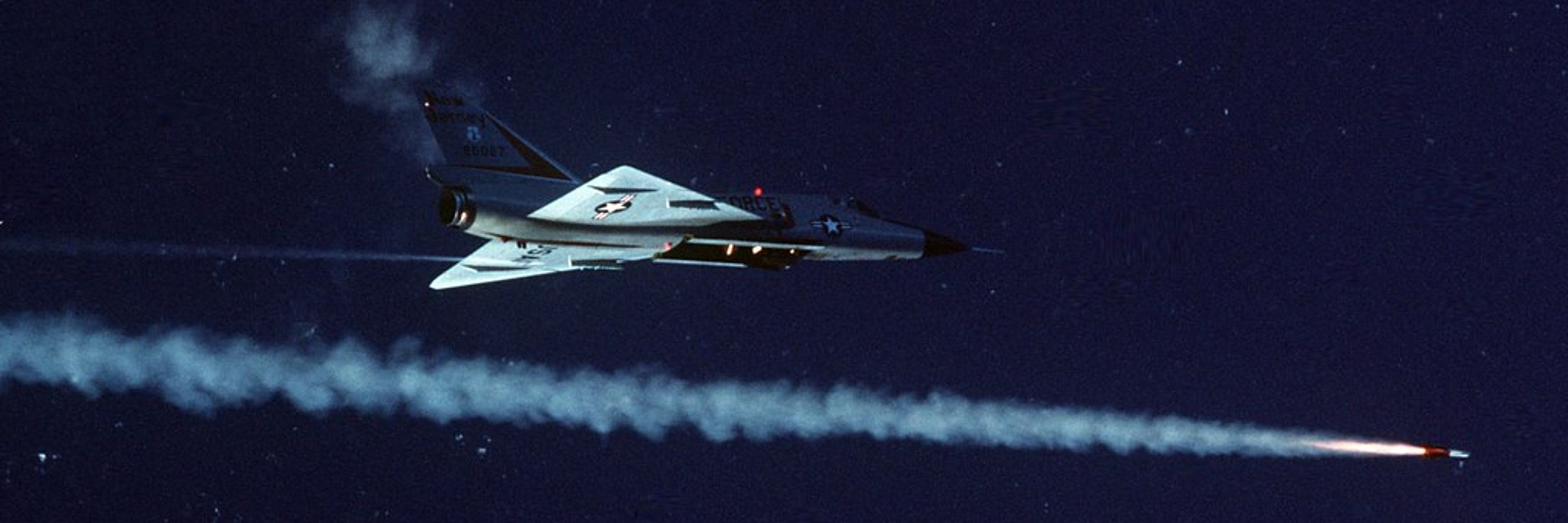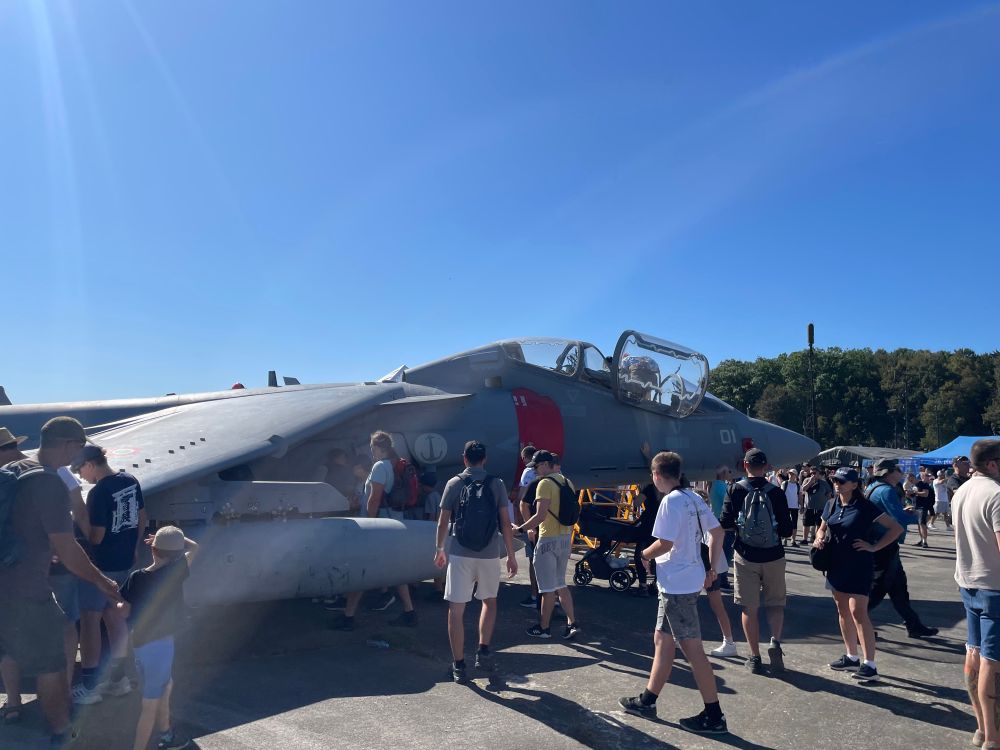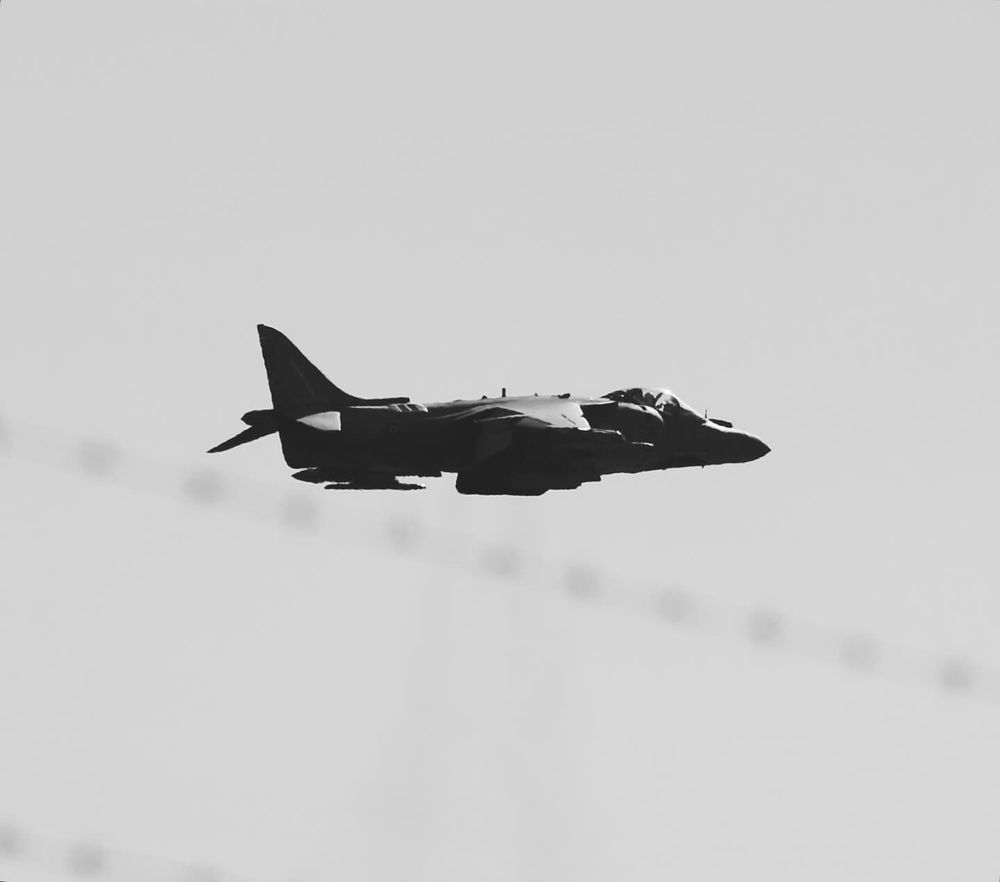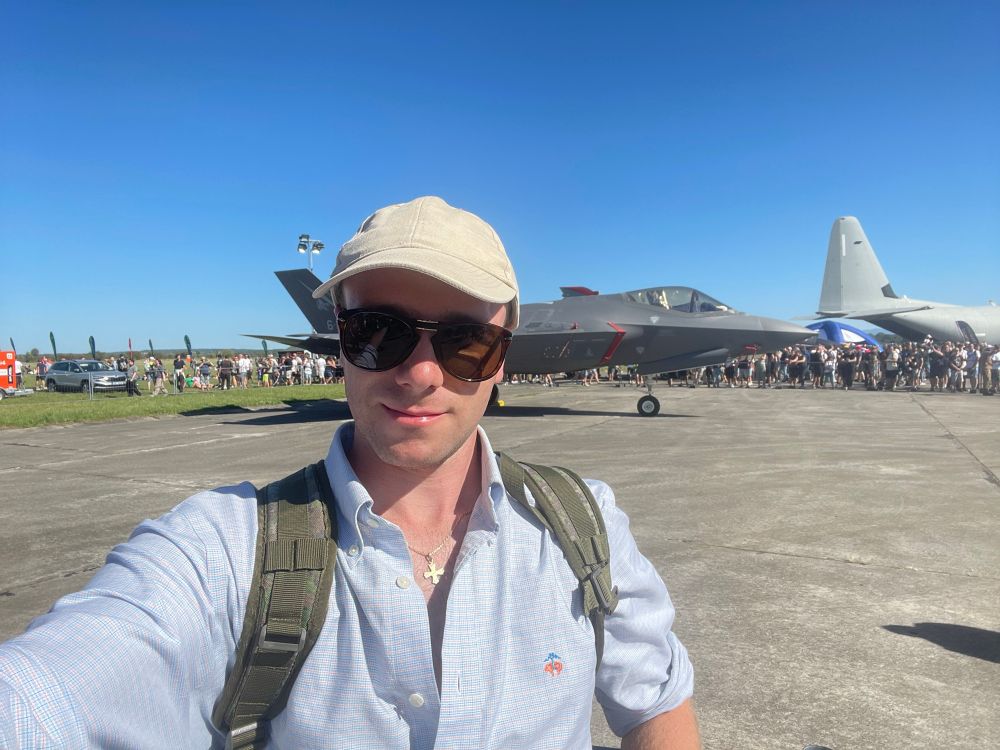
Matej Rafael Risko
@matejrisko.bsky.social
1.1K followers
960 following
550 posts
Researcher, focus on Nukes | Missiles | Deterrence | Strategy & Planning | War & International Security | Air Power | Wargames | Strictly personal views, Usual Cavetas
Igitur qui desiderat pacem praeparet bellum
Posts
Media
Videos
Starter Packs
Reposted by Matej Rafael Risko
Reposted by Matej Rafael Risko












